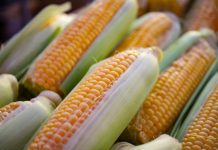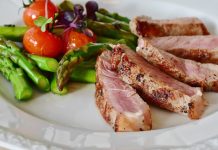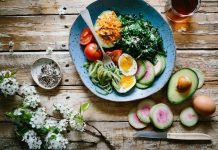The ancient Inca civilization, once a vast and amazingly organized community, revered many plants for their nutritional and spiritual values. Spain’s invasion halted cultivation of these plants, in favor of European cultivation.
Table of Contents
Quinoa (pronounced KEEN-wa), a leafy plant relative to the common weed, was one of the many indigenous species that was all but extinct from the area during the time of the Spanish Conquistadors. This ancient Incan staple is now named by the United Nations as one of the most complete proteins available, and is rapidly growing in popularity throughout the world.
Many North Americans may have heard of Quinoa by now, as its popularity grows. However many believe it is a grain, possibly a cousin of wheat or rice. While the seeds of the Quinoa plant are used in exchange for grains or rice in many North American dishes, the plant is actually a green, leafy when grown. When flowering, the Quinoa plant produces pods of tiny seeds, no larger than the head of a pin, in brown, red or black coloration.
Quinoa is a highly nutritionally dense food, with qualities comparable to dried milk according to the United Nations. An experiment and evaluation of Quinoa by the University of Wisconsin shows that the seeds have more crude protein than wheat, rye, rice, oats and several other comparable foods.
Quinoa is also incredibly high in fiber. These qualities make this super food a great alternative to traditional proteins for vegetarian or vegan lifestyles, and also a great dietary addition for athletes. Quinoa is also low in carbohydrates compared to traditional grains, for dieters watching their intakes.
Personally, I have had a wonderful experience with Quinoa. While I am not a vegetarian or vegan, the inclusion of this super food in my diet has provided extra energy and an overall feeling of well being. As it is also very high in protein, it is a great post-workout snack. I am currently on month five of training for a half-marathon and I can really feel a difference in my performance after eating Quinoa. Below are some of my favorite recipes for cooking Quinoa. Make sure to buy pre-soaked, pre-washed Quinoa to save on preparation time.
Simple Quinoa (used as a substitute for rice)
- 1 cup pre-soaked, pre-rinsed red quinoa seeds*
- 2 cups water
- 1 bouillon cube, chicken flavor**
Add the bouillon cube and water to a pan, putting heat on medium, and stir until bouillon is dissolved. Add the quinoa, stirring to mix, and bring the water to a boil. Cover pot, put the heat on low to simmer, and cook for 15 minutes or until all moisture is dissolved. Fluff with a fork and serve hot.
*Red Quinoa is my favorite due to its slightly nuttier flavor, however traditional or black Quinoa can be substituted.
**This can be omitted for health or dietary restrictions, however I would recommend adding some sort of vegetable/broth base to add a bit more flavor to the Quinoa.
Quinoa Tabbouleh
- Simple Quinoa, cooked and cooled (recipe above)
- 2 cups chopped Italian parsley
- ½ cup chopped fresh basil
- 1 medium cucumber
- 1 lime (for zesting and juice)
- ½ cup extra virgin olive oil
- Kosher salt to taste
Ensure parsley and basil is uniformly chopped. Chop cucumber into small cubes. Mix parsley, basil, cucumber, Quinoa and oil into a medium bowl. Add two teaspoons of lime zest. Cut lime in quarters, covering with cheese cloth, and squeeze juice into mixture. Stir. Add kosher salt to taste.



